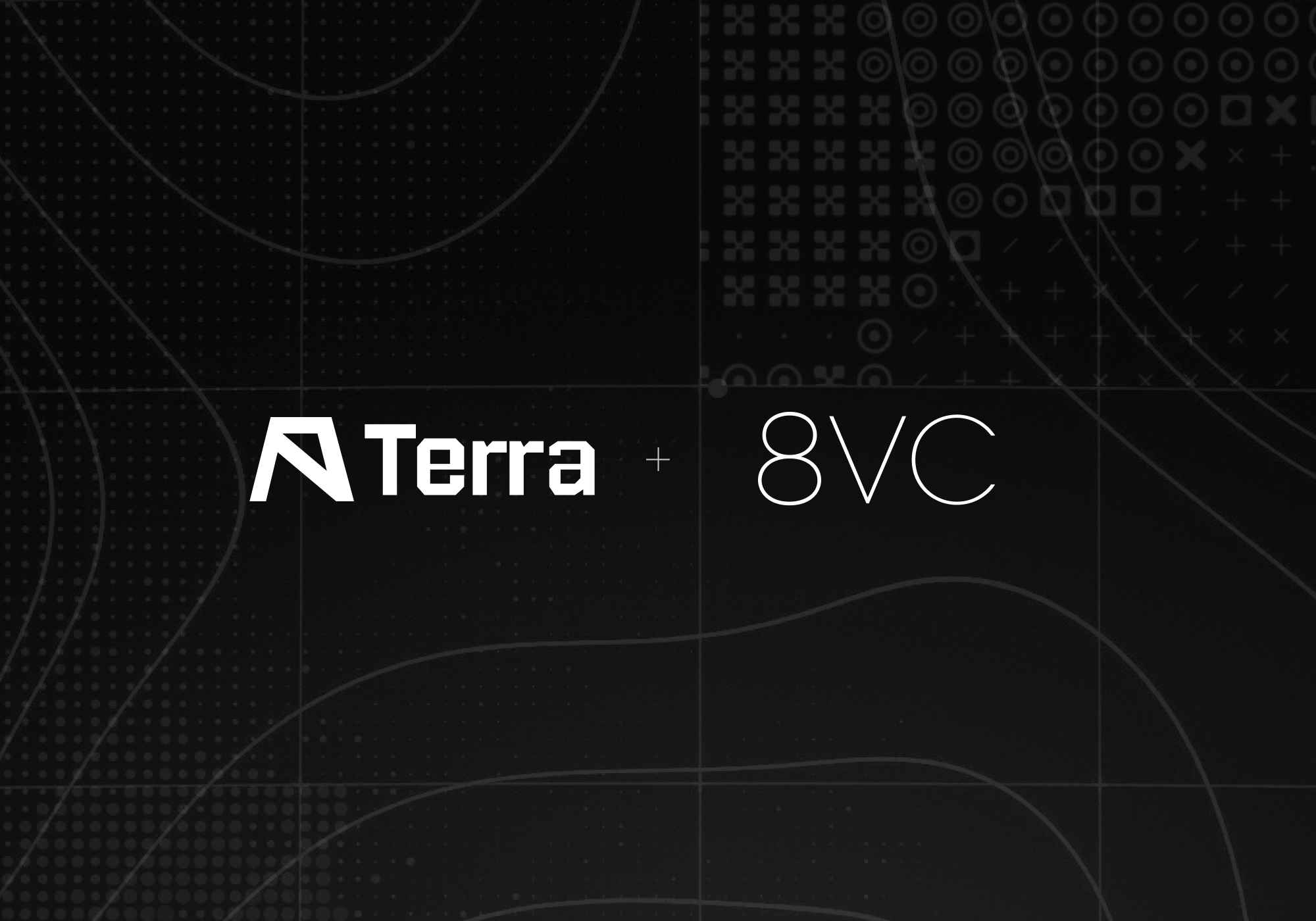8VC’s Investment in Mantra Bio

Share

Paul Ehrlich, one of the forefathers of modern medicine, famously proposed the idea of a “magic bullet” that would selectively kill pathogens while sparing the body. His research led to the first drug for syphilis and established the chemistry-driven paradigm of therapeutics that would persist for the next 70 years. Unfortunately, it turned out that there is no simple way to achieve arbitrary targeting of cytotoxic chemical compounds, and these magic bullet treatments proved difficult to reproduce. The lack of precision delivery presents pharma with a double-edged sword: higher doses with elevated toxicity, or lower doses that are potentially inefficacious.
The ideal vehicle for precision delivery needs to satisfy a litany of requirements. It must:
(1) permit systemic administration
(2) evade immune responses
(3) protect the therapeutic cargo while in circulation
(4) home to cells of interest
(5) deliver their cargo inside of the cell
(6) support the full range of chemical and biological payloads
Building this combination of behaviors ex nihilo would be an enormous feat. Instead, scientists have hypothesized that we could take advantage of our body’s natural cargo delivery system: exosomes. Exosomes are small lipid particles that act as cell-to-cell messengers and naturally solve for all of the drug delivery requirements. Despite their promise, they have remained difficult to repurpose for therapeutic purposes. It was in our exploration of the space that we met an incredible team taking an engineering-centric approach to solving this important challenge to deliver therapies for “undruggable” disease.
We are excited to announce that 8VC and Viking Global are co-leading a $25M Series A investment into Mantra Bio to help them build out their exosome therapeutics platform. 8VC has backed Mantra since its pre-seed stage in 2017 when they were starting at the Illumina accelerator. The team has shown amazing progress and exciting results around cell-specific targeted exosomes. We are excited to partner with them as they expand their plans to engineer, manufacture, and deliver novel treatments to patients in dire need.
Exosomes: Promise and Peril
Exosomes present a potential solution to the challenge of precision delivery, bridging together innate immune privilege, native targeting, and the ability to carry both natural and non-natural payloads. Exosomes are part of a class of particles known as extracellular vesicles, small lipid bodies secreted by cells as delivery vehicles. Cells package exosomes with RNA and proteins, secrete them, and uptake exosomes secreted by other cells. Exosome-mediated signaling is involved in a wide breadth of biological activity, including differentiation, inflammation, blood vessel formation, and tumor growth and metastasis.
Despite their importance, exosomes are a relatively recent discovery. Their original description was in 1983 by Pan and Johnstone, and for the next several decades the dominant theory of their role was as the “garbage bags” of the cell, serving to shed unwanted debris. This hypothesis has been flipped on its head over the past decade, as more effective methods for isolating exosomes and characterizing their cargo have come online, and it began to emerge that they innately satisfied the criteria described above for an effective targeted delivery vehicle. In 2011, Alvarez-Erviti et al. demonstrated a proof of concept of exosomes carrying designed payloads, with targeted siRNA delivered to the brain. Tian et al. extended that work to small molecules in 2014 with doxorubicin, representing the creation of an exosomal analogue of Doxil, a top-selling oncology drug, which is doxorubicin encapsulated in non-natural lipid nanoparticles (LNPs). While LNPs provide some of the same advantages as exosomes, they fail to offer the full extent of immune system protection and cellular targeting that comes with using innate biological components.
However, the drawbacks of using exosomes in translational applications have become apparent, with their minute size and the complexity of their biological activity leading to difficulties in manufacturing, engineering, loading, isolation, and characterization. Each of these parameters cannot be optimized in isolation, as changes in any part of the process affects all others. In the face of such highly correlated, multi-dimensional processes, our view is that such complexity can only be managed using automated and reproducible engineering approaches that make meaningful use of information sciences. Specifically, the right approach needs to have closely coupled design and test cycles that can advance on exosome synthesis and loading at rates beyond what is possible with traditional wet-bench lab science. In this context, we see Mantra as a truly differentiated exosome therapeutics company.
Mantra Bio: Engineering Exosomes at Scale
Mantra Bio’s unique advantage begins with the founding team, Alex Mok, Katie Planey, and Terry Gaige. From day one, the company’s ranks have been filled with top talent in microfluidics, computational biology, and protein engineering. In distinction to a more traditional life sciences company, Mantra’s expertise provides the foundation for advanced exosome engineering with rapid cycles of iteration, positioning them to address the most stubborn problems in exosome therapeutics.
The strength of exosomes is also their implicit challenge: With their broad-ranging role in cell-to-cell communication, the naive production of exosomes yields vesicles destined to be uptaken by a wide swath of different cell types, rather than their being specific for the particular cell type of interest. Systemically administered particles, absent any engineering, tend to naturally accumulate in the liver, owing to the organ’s role in toxin filtration. Even a review of the published scientific literature on prior work in engineered exosomes demonstrates the sad truth that existing technologies produce vesicles with biodistribution barely distinguishable from the baseline stochasticity of natural exosomes.
In contrast, Mantra’s automated wet-lab platform offers a closed-feedback discovery loop where high-throughput experiments and in silico modeling enable one another. Under this paradigm, they are able to establish the appropriate engineering approach for synthesizing highly specific targeted exosome vehicles (TEVs) reproducibly across various cell and tissue types. Their workflows provide unprecedented insights into how the behaviors of TEVs can be modulated according to different permutations of the many inputs: cellular targets, targeting domains, culture conditions, loading protocols, and numerous other variables. Under legacy wet-bench paradigms, the snail’s pace at which such a large number of factors could be optimized makes realizing satisfactory TEV performance impractical across any reasonable range of cell types and therapeutic payload modalities. Mantra’s engineering focus empowers them with an unparalleled speed of discovery, making that search space accessible.
Already, Mantra is producing exosomes with characteristics far superior to both prior forms of engineered exosomes and non-natural LNPs. Through their precision engineering, Mantra has been able to generate TEVs specific to a variety of ex-liver tissues and cell types. In addition to allowing tunable biodistribution, their approach likewise presents solutions for scalable loading with therapeutic payloads, and the associated characterization and quality control steps. With their modern thinking on the engineering of biology, Mantra is uniquely positioned to overcome the innate biological challenges of working with exosomes.
Precision Delivery: A Future Realized
Mantra’s targeting platform opens up a future of facilitating the success of assets that would otherwise be caught in the no-winners trade-off of a high-tox high dose or a low-efficacy low dose. They also allow the opportunity to reach back into the past, reviving failed drug programs that have reliable mechanisms of action but unfavorable biodynamics in the absence of targeted delivery. By offering a generalized method for precision therapeutic delivery, Mantra’s TEVs are poised to deliver on Ehrlich’s century-old dream of medicine as a magic bullet.







.png)



